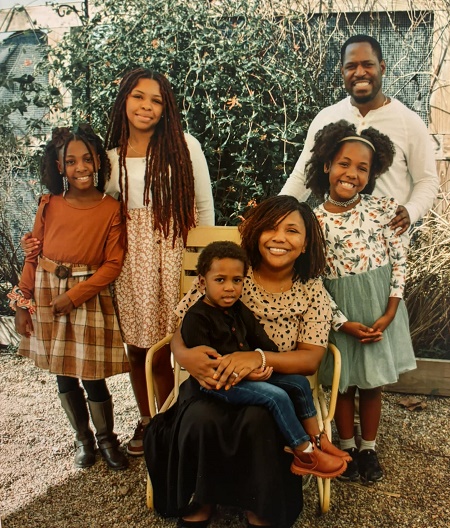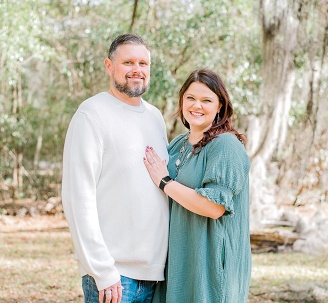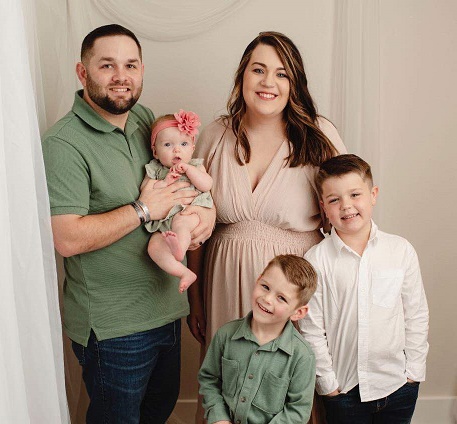
May is Water Safety Month
Drowning Is a Leading Cause of Death for Children in the United States
- Ten people die each day from unintentional drowning, and on average 2 of them are under age 14.
- Drowning is responsible for more deaths among children ages one to four than any other cause except birth defects
- Drowning is the leading cause of death in autism for children and adults.
- Children with autism spectrum disorder are 160 times more likely to experience nonfatal and fatal drowning than their typically developing peers.
- Among those 1-14, drowning is the second-leading cause of unintentional injury-related death behind motor vehicle crashes.
- For every child who dies from drowning, another five receive emergency care for nonfatal submersion injuries.
The Most Dangerous Locations Vary by Age
- Children younger than 1 year old are more likely to drown at home.
- For children younger than 5, 87% of drowning fatalities happen in home pools or hot tubs.
- Most take place in pools owned by family, friends or relatives.
- After pools, bathtubs are the second leading location where young children drown. However, buckets, bath seats, wells, cisterns, septic tanks, decorative ponds, and toilets are also potential drowning sources for infants and toddlers.
- Those 5 to 17 years old are more likely to drown in natural water, such as a pond or lake.
Drowning Risks Vary by Race and Household Income
- 64% of African-American, 45% of Hispanic/Latino, and 40% of Caucasian children have few to no swimming skills.
- When parents have no/low swimming skills (or competence) ability, their children are unlikely to have proficient swimming skills. This affects:
- 78% of African-American children
- 62% of Hispanic/Latino children
- 67% of Caucasian children
- African-American children ages 5 to 19 drown in swimming pools at rates 5.5 times higher than those of Caucasian children in the same age range.
- 79% of children in households with incomes less than $50,000 have few-to-no swimming skills.
As many as 69% of young children who are found drowned or submerged in swimming pools were not expected to be in or at the pool.
Remember: If a child is missing, check the water first.




